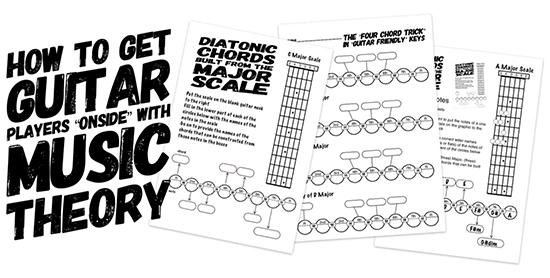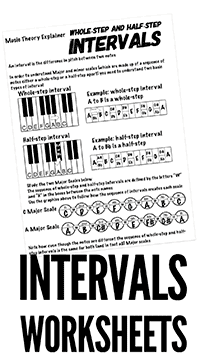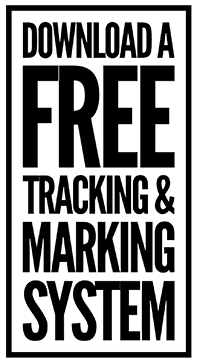
Guitar players can sometimes resist music theory because it is possible to make a perfectly acceptable sounding noise with a guitar without having a clue what you are doing
The problem with guitar players and music theory
There are a whole bunch of potential problems that may arise when teaching a group that includes guitar players linked to the technical and cultural background associated with the instrument
Without wishing to over dramatise the situation it is not uncommon to find that in the classroom there can be a "distance" between a (formally trained) classroom music teacher and those members of his or her student body whose experience of learning an instrument has been that route traditional taken by most guitar players (self taught with a reliance on guitar tablature and youtube videos)
It is not uncommon to find a prodigiously technically gifted guitar player who can fly up and down the neck of the instrument "shredding" like whatever leather clad Son Of Satan is currently clogging up the guitar magazines who (sometimes taking a strange kind of pride in the fact that they) know nothing at all about music theory
Music teachers often find themselves in a situation where they are challenged about the value of music theory to people who play the guitar and our job is to get them "onside" with regard to knowing how music works without dampening the enthusiasm that has got them this far

Regardless of whether they admit it or not just about everyone who ever (even) half seriously picked up a guitar at some stage tried to write a song (or songs) on it A great way to encourage a student to engage with music theory is to ask if they would like to know how to come up with "the chords that work" in any key Even if you dont play guitar there are a bunch of questions that you can ask a guitar player that will probably provoke a positive response

Introducing music theory in "guitar friendly" keys with the "four chord trick"
Before taking them too deeply into music theory from a standing start it can be a good idea to ask them to look at their own experience Have they noticed that if they are learning or playing a song that hangs around the chord of A a lot then they are also quite likely to encounter the chords of D and E? The chord of F sharp minor also tends to often turn up alongside the above chords.
Similarly if they are playing or working on a song that features the chords of G and D it is quite likely that they will also encounter the chords of C and Em If you get a positive response to this line of questioning then it can be a good time to ask them if they would like to know a single "trick" that will allow them to work out the chords that work in any key
You and I know that we will be asking them to construct a specified major scale, correctly identifying the name of each note as they go and then hanging the right major or minor chord on four of those notes but as this explanation smells a bit of music theory it is sometimes best to let them believe that its a "trick"
This "four chord trick" is a bit of a "gateway drug" into music theory and at the moment there is no real need to scare them with the idea that they may become hooked on the idea of understanding what they play
Just about all guitar players want to know how songs work

Helping our students to see the "big picture"
Understanding scales and chords and figuring out how chords combine effectively leads inevitably to a study of how all of these elements contribute to the creation of songs. Follow the link below that leads to a page (with youtube video examples) that looks at the three most common song forms in popular music

More Guitar Resources
Part of our download is 22 "Giant Guitar Chord Grids" that you can print and put up on the walls of your music classroom. The chords are regarded as being the best ones for beginners to learn and even if you don't play or teach guitar you can provide your students with a valuable resource
Our Resources
$18.00
Our "one click" download consists of more than 400 professionally prepared handouts that can be printed over and over again for less than the price of a single paper textbook! many of which deal with the correct identification of intervals
These resources are especially designed to make life easier for classroom music or instrumental teachers who need to get theoretical ideas over to students.
The handouts have been put together so that the same basic ground can be covered with differing levels of graphic support (some handouts feature keyboards and have space for letter names while others aimed at more advanced students rely on a more conventional musical stave approach).
They are designed so that a single music educator might work with all ability levels within a single session. challenging the more able learners whilst supporting those who are not so familiar with the concepts and material under study
Get More Guitar Based Educational Resources
musicteachingresources.com is a new sister site of the already well established guitar and bass teacher's resources website teachwombat.comDOWNLOAD 400+ PDF's NOW!
Everything that you see on this website for a single one off payment of $18.00
A lifetime of re-usable resources that really work
$18.00
How to access your simple "one click" download
Buy your music teaching resources in complete safety via any major credit card (through paypal) or directly through your paypal account if you have one. If you choose to use a credit card, rest assured that we never see your credit card details as paypal do all of that for us.
When Paypal receive your payment you will be immediately invited to click a
"RETURN TO MERCHANT"button.
You will be taken to a page from where you can download the products that you have paid for NOW!
In the (rare) event that something should go wrong with the order/download process just email me at robh@teachwombat.com
I will check the order and send you the links that will get you to your stuff.
Cheers! Rob!

















